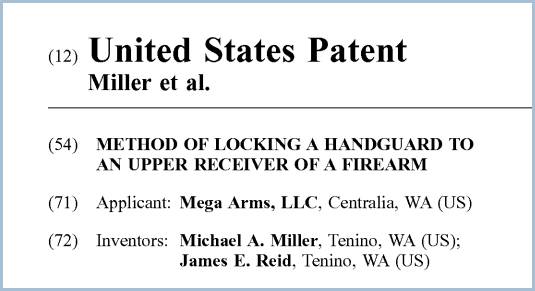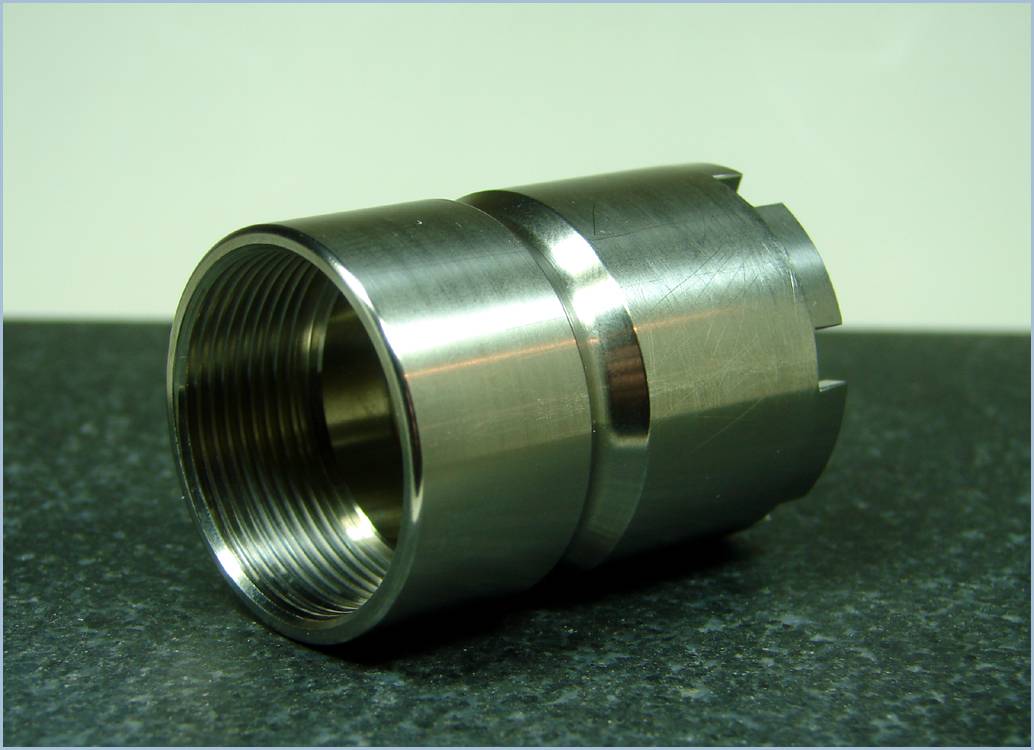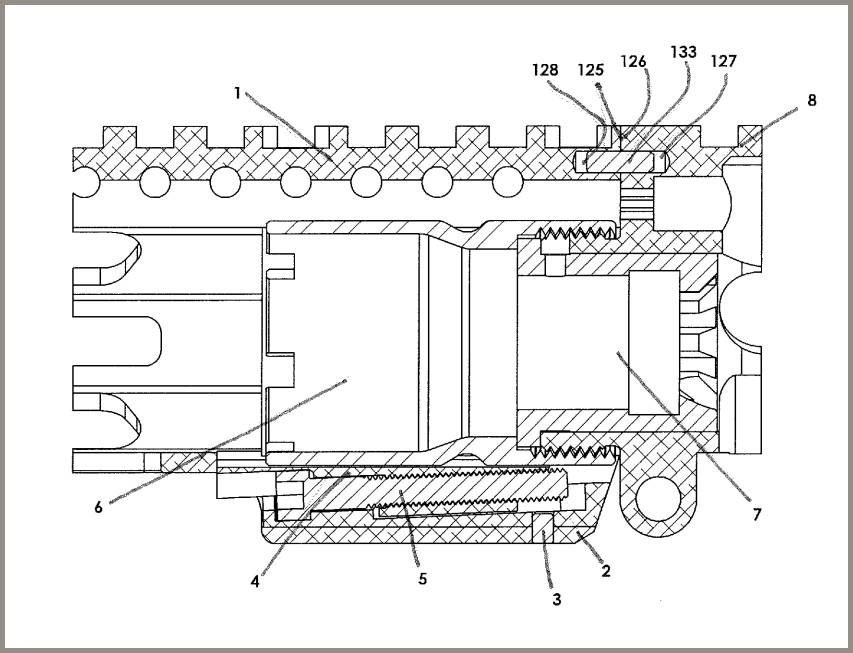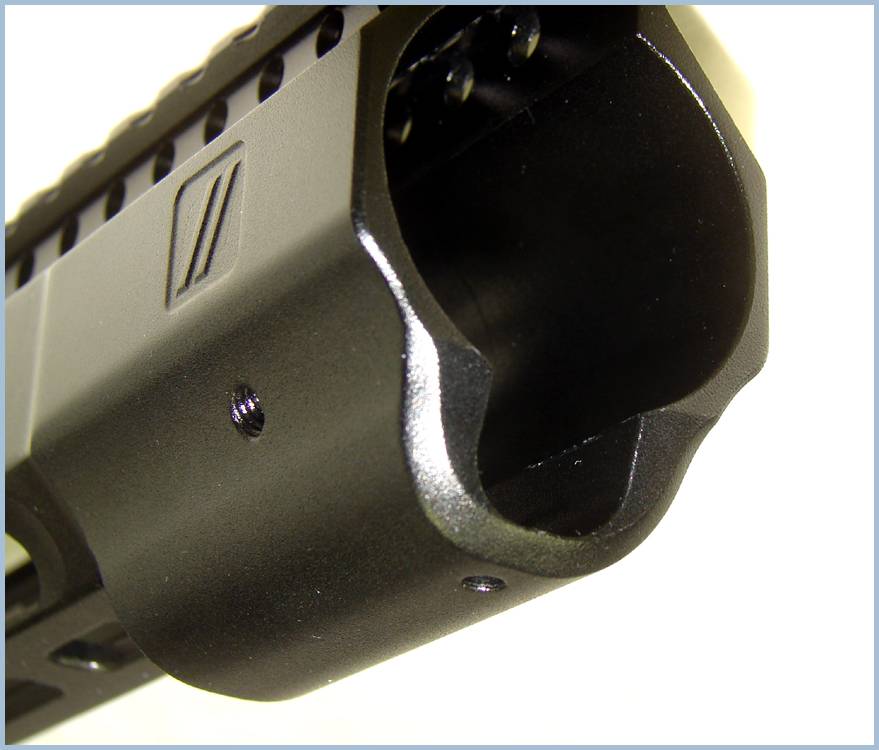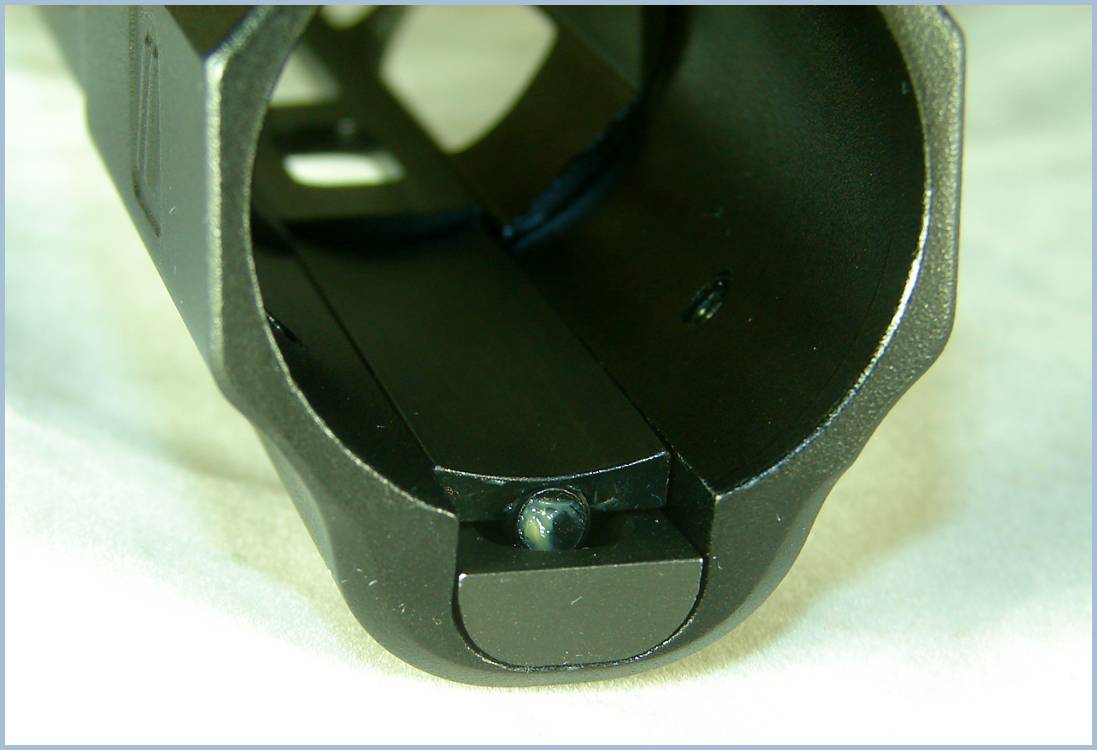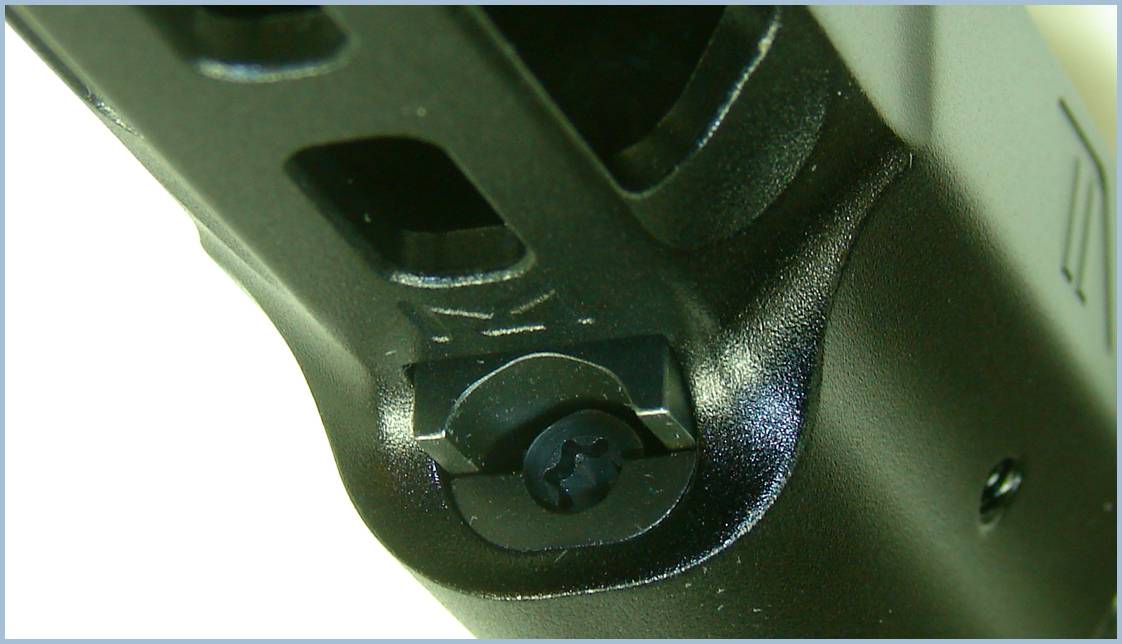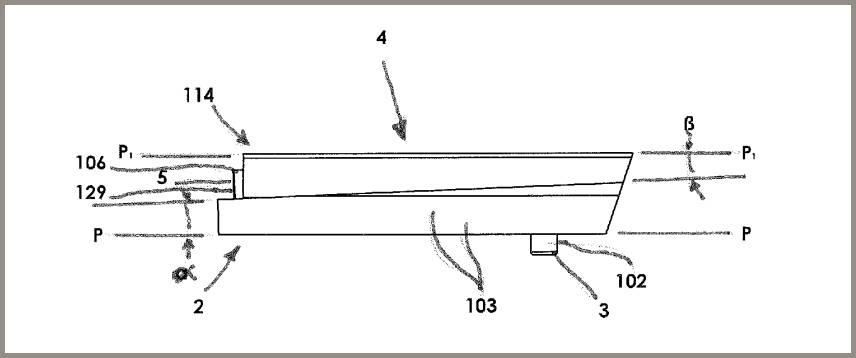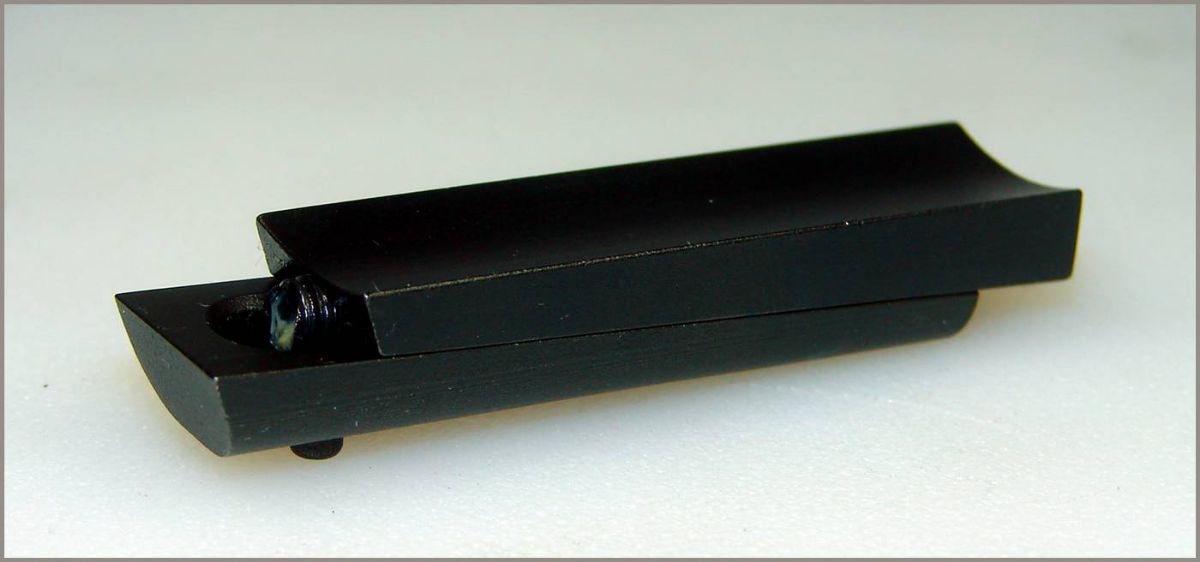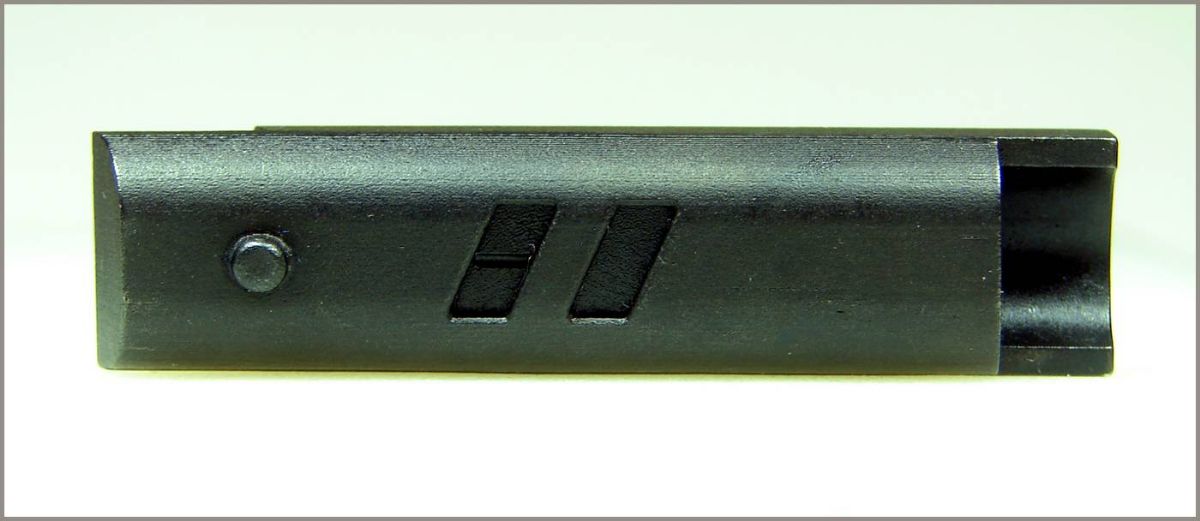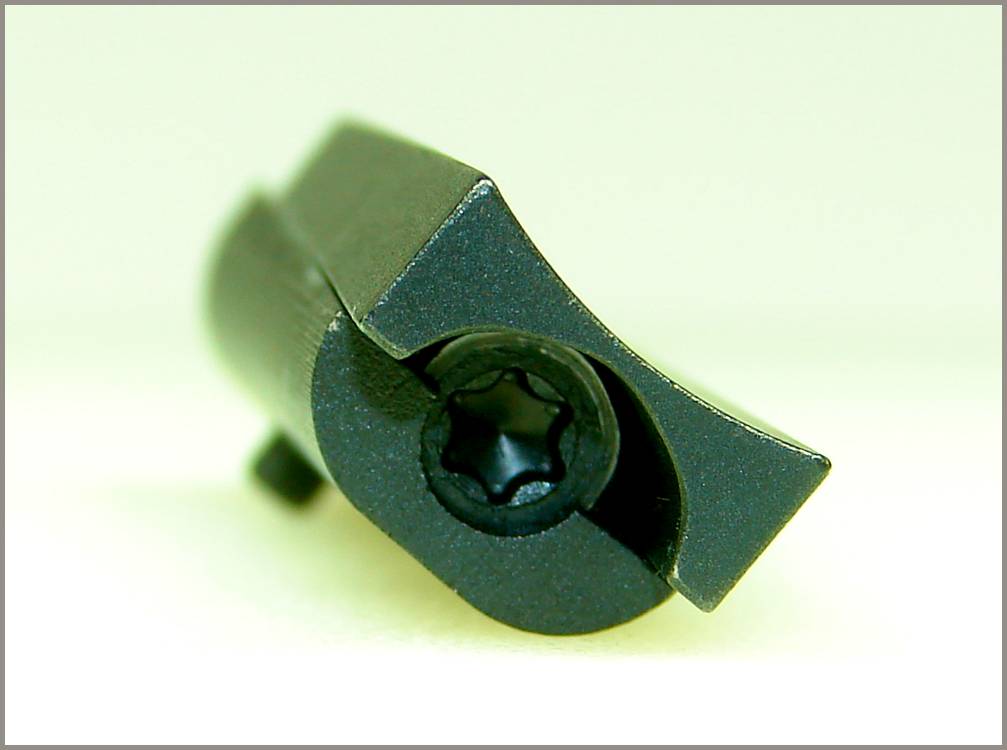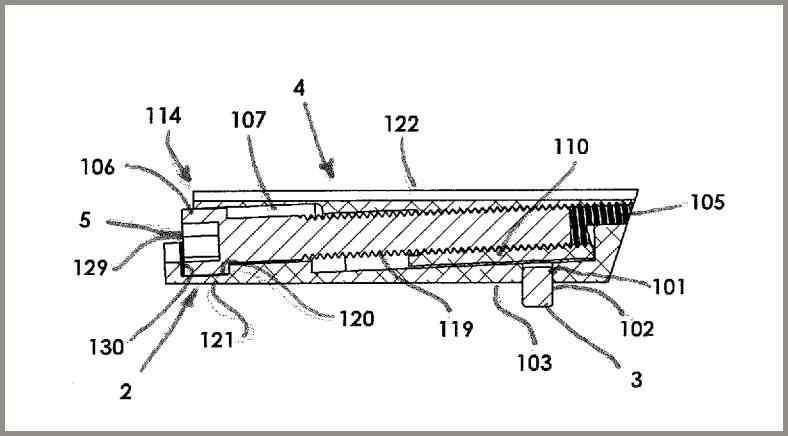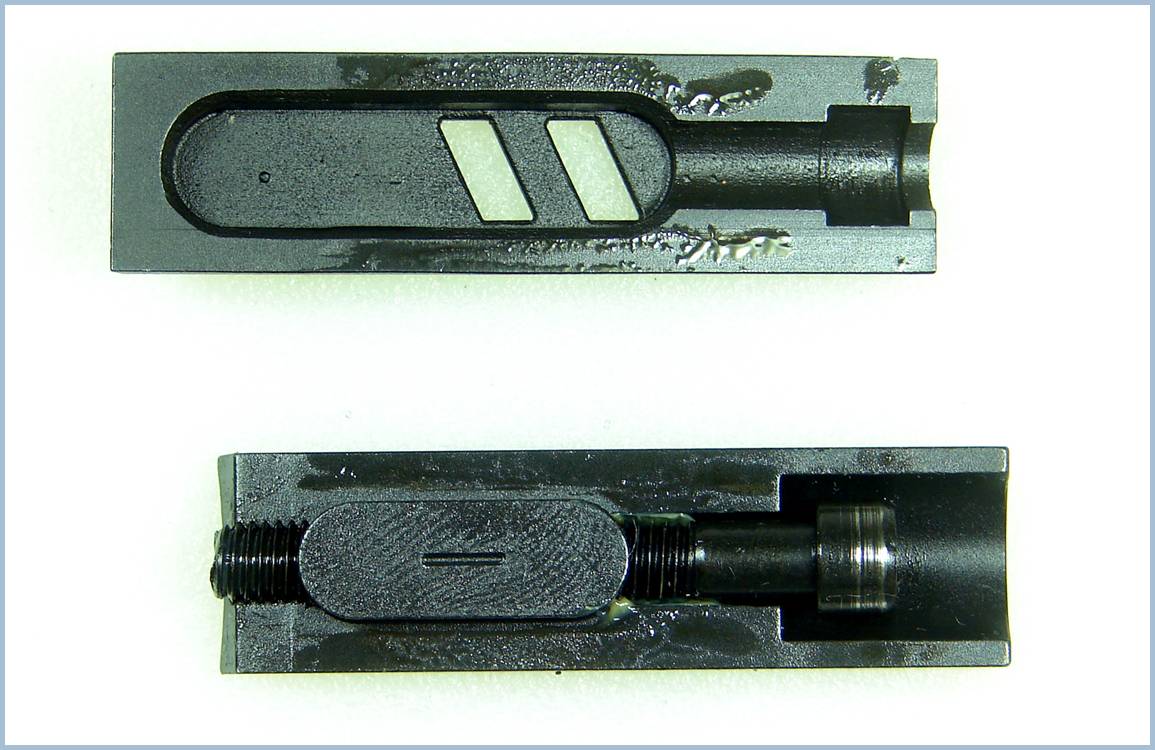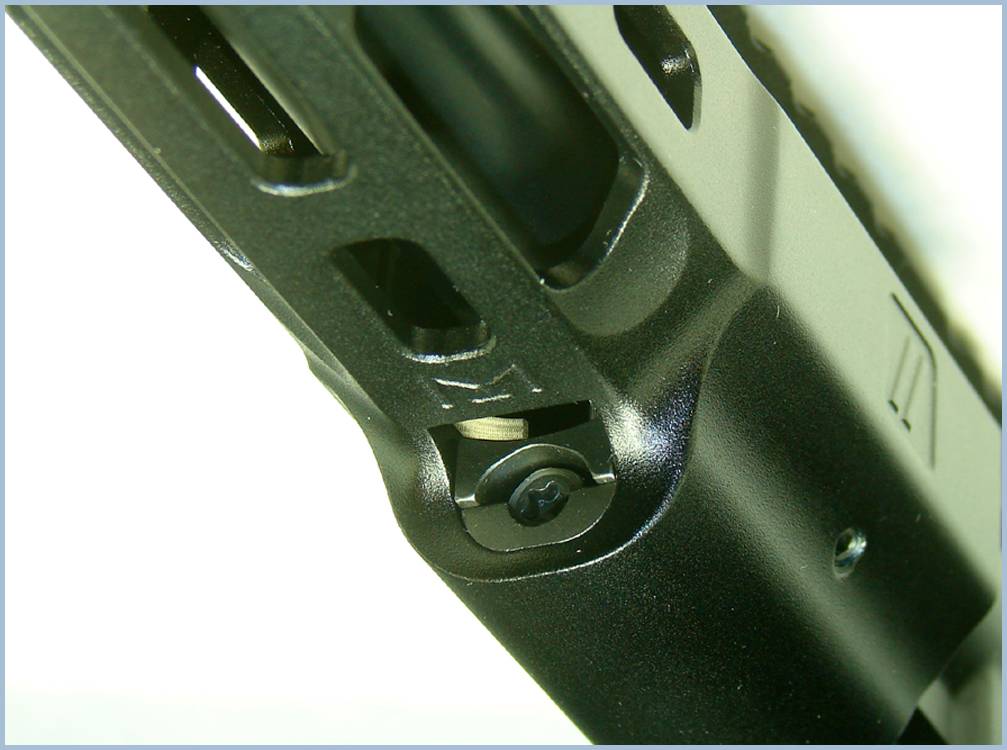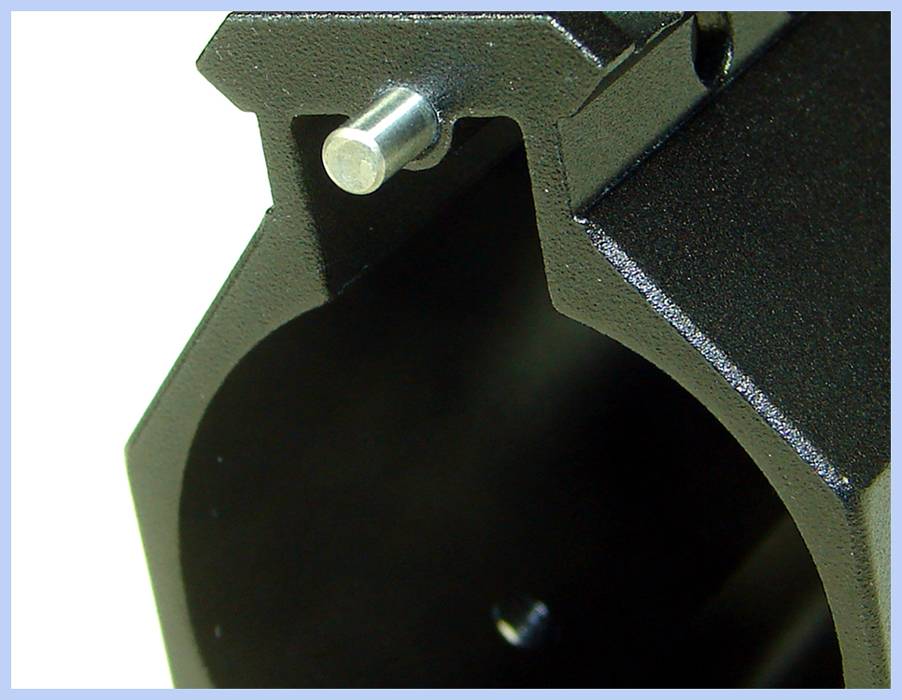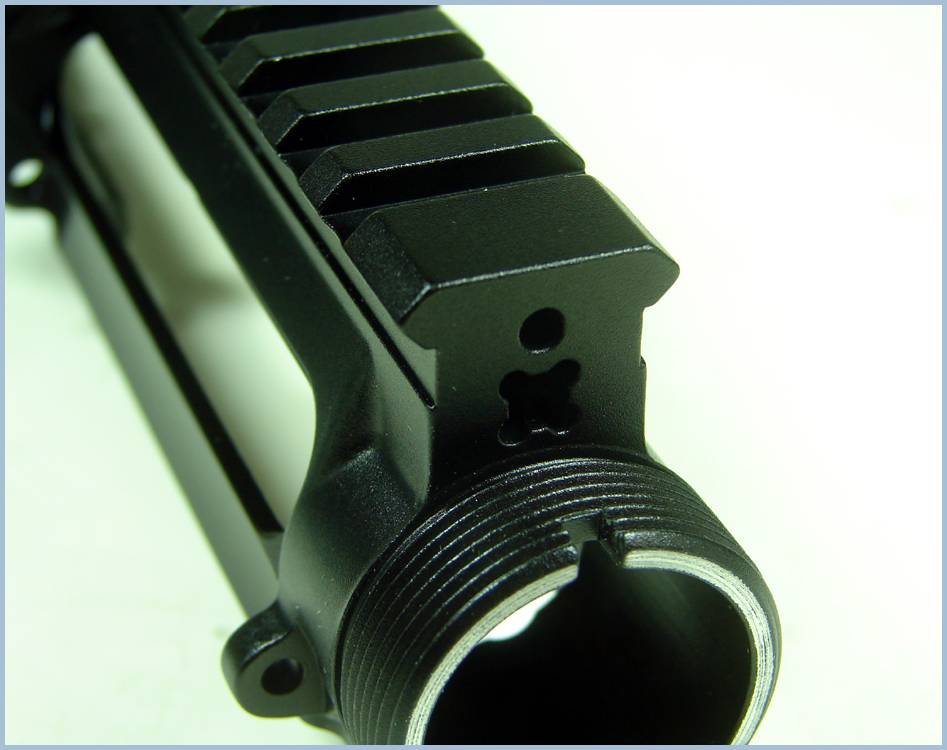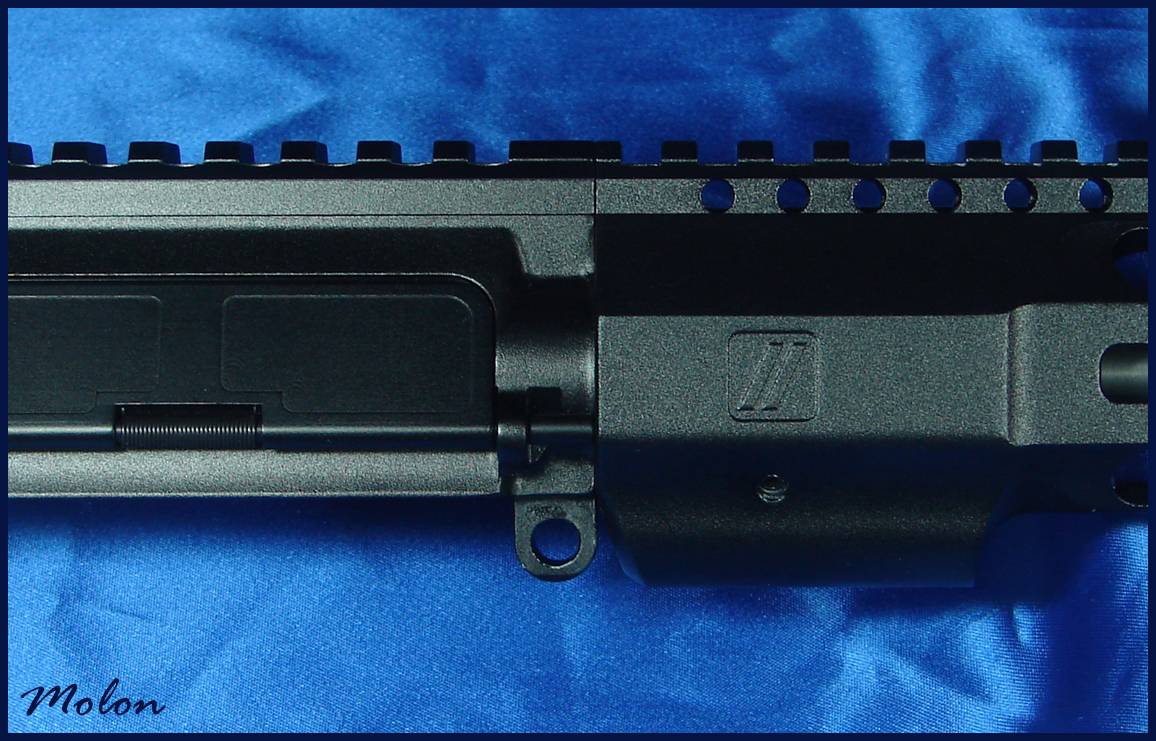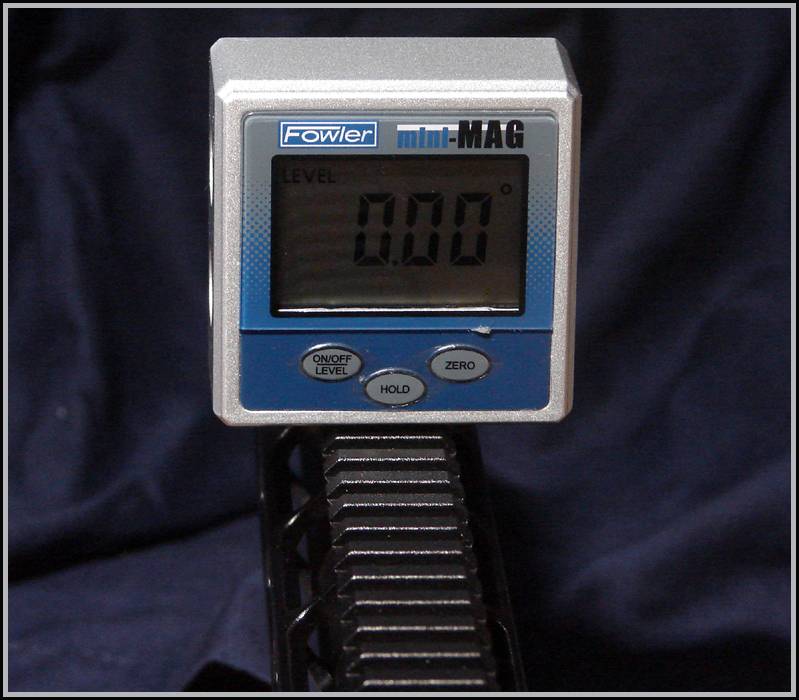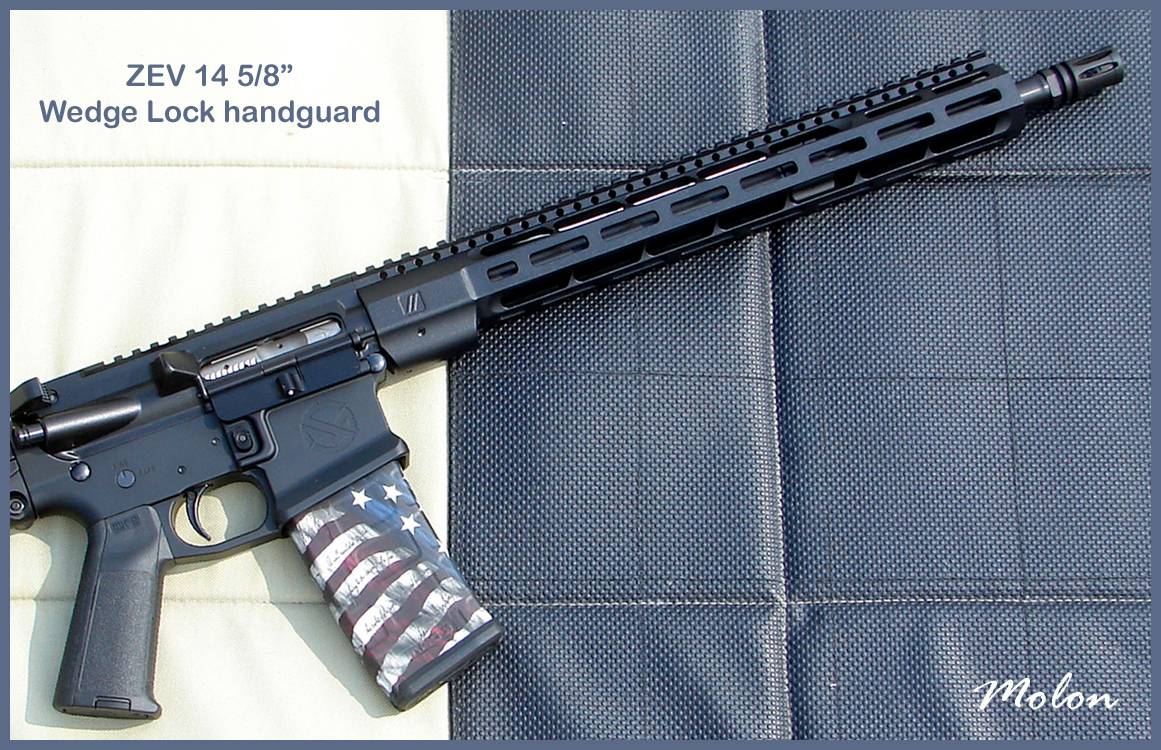TRIARC 16” Track 2.0 Barrel: A Quick Look
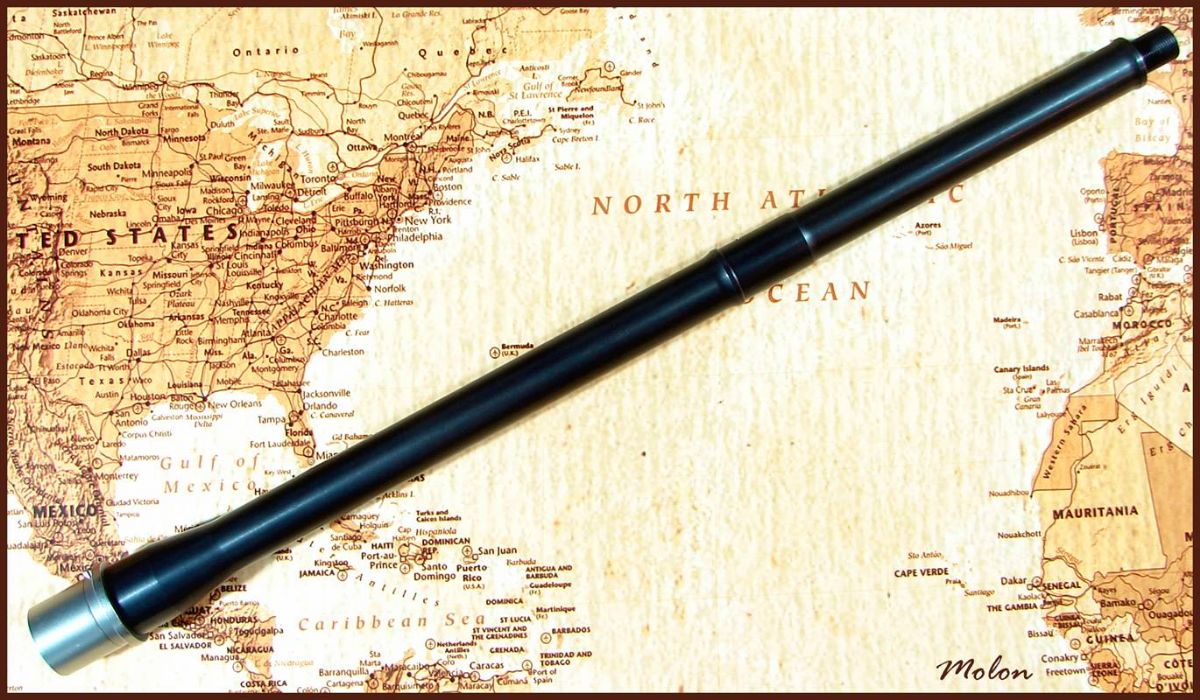
Over the last several years we’ve seen barrel manufacturers starting to move away from the traditional barrel profiles found on AR-15 barrels, such as the government profile, and moving toward “enhanced” barrel profiles, with the specific objectives of balancing weight distribution and handling characteristics while while endeavoring to maintain accuracy that is on par with barrels with heavier profiles. The late John Noveske was the impetus for bringing modern AR-15 barrel profiles to the civilian market. His 16" CHF N4 barrel profile has the same weight as a government profile barrel of the same length, but it has a more intelligently designed contour that places more of the weight of the barrel from the chamber to the gas block journal and does away with the M203 cut-outs.
TRIARC is now producing a 16” barrel that has a profile that is quite similar to the Noveske N4 profile. TRIARC calls this their Track 2.0 barrel and they refer to the barrel profile as the “balanced straight contour.”
TRIARC 16” Track 2.0 . . .

Noveske 16” N4 . . .

The TRIARC 16” Track 2.0 barrel is made from 4150V Milspec B-1159E Chromium-Molybdenum-Vanadium steel and has a nitride finish. This stripped 16” barrel has a weight of 1 pound, 13.1 ounces. For comparison, a stripped 16” Colt 6920 government profile barrel has a weight of 1 pound, 12 ounces. The barrel extension on the Track 2.0 barrel has M4 feed-ramps and is coated with NP3.
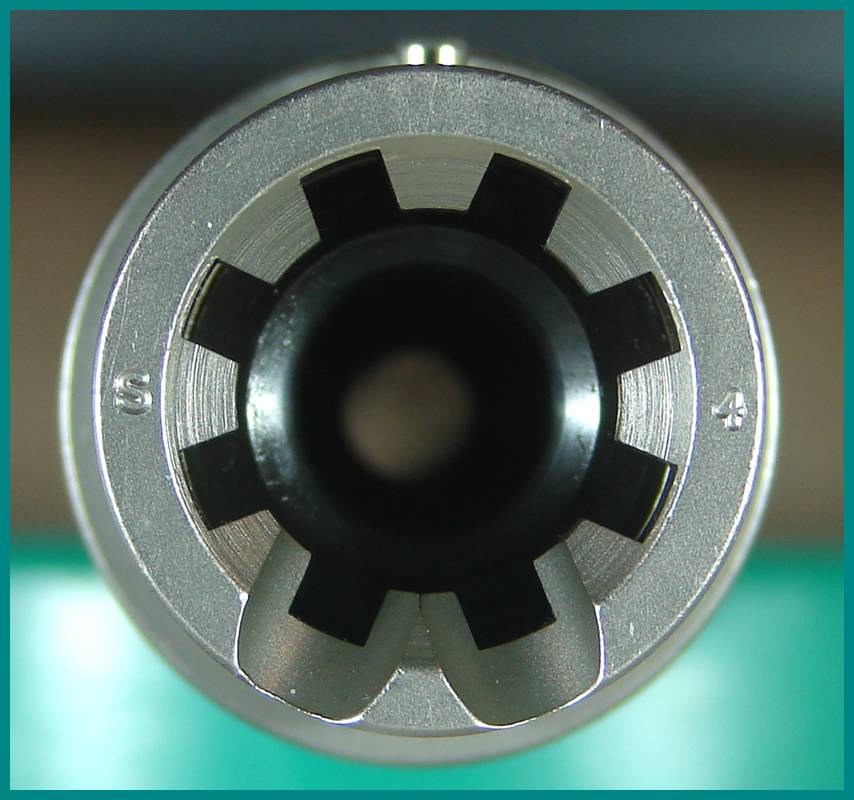
The gas block journal of the Track 2.0 barrel has a diameter of 0.75”; 0.7497” to be exact. The gas block journal comes with a single dimple contralateral to the gas port. Speaking of the gas port, it has a diameter 0.0695”. Unlike the gas block journal of the Noveske N4 barrel, the gas block journal of the Track 2.0 barrel has a length of 1”; so a traditional A-frame front sight base will not work with this barrel.
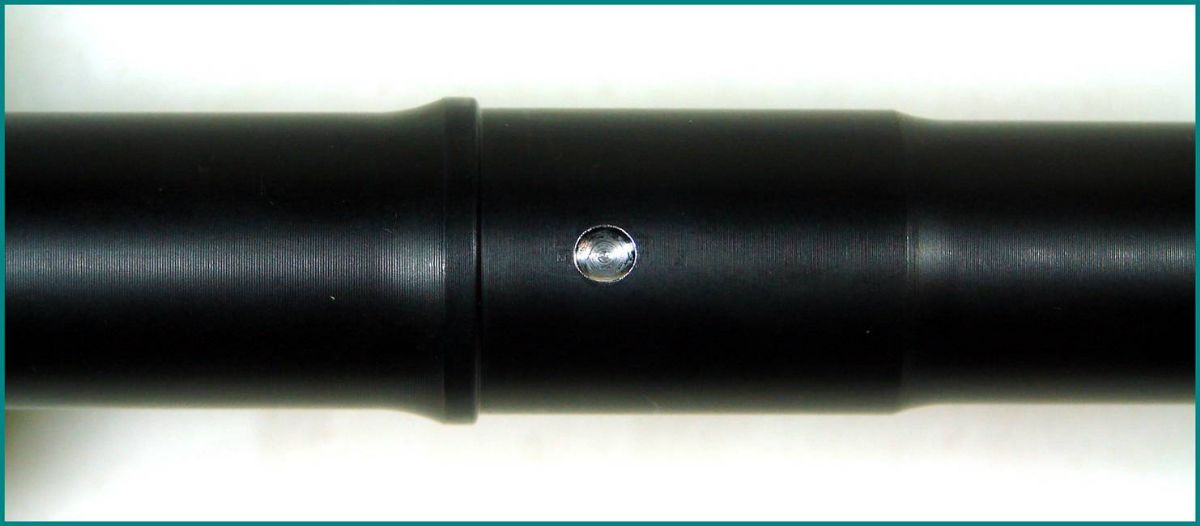
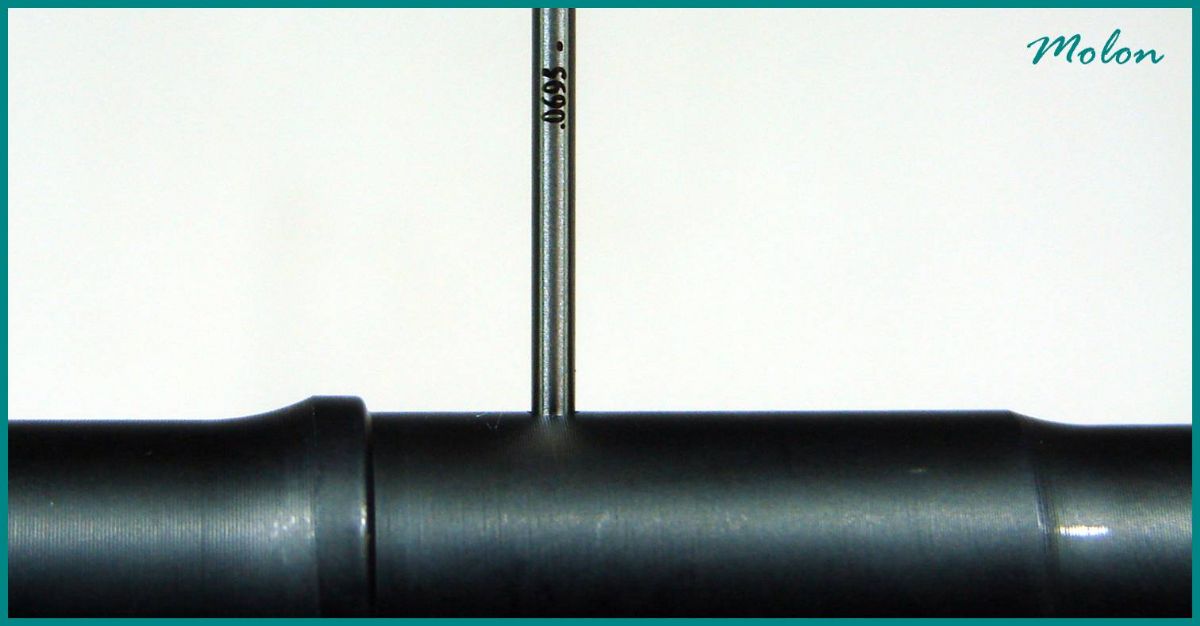
The TRIARC 16” Track 2.0 barrel has a 5.56mm NATO chamber and a 1:7” twist. The barrel utilizes a mid-length gas system. This barrel is button rifled and the bore is honed using Sunnen machinery. This honing system not only produces a “glass-smooth” finish to the interior of the bore, it also helps to create tight tolerances for the inside diameter of the bore throughout the entire length of the barrel.
The type of rifling found on the TRIARC Track 2.0 barrel is rather unique for AR-15 barrels. The rifling is known as single edge polygonal rifling (SEPR). The patent for this type of rifling (as well as a patent for machinery used to manufacture this rifling) is held by F.J. Feddersen. With single edge polygonal rifling, one side of the land has a traditional squared edge, while the other side of the land has a polygonal edge.
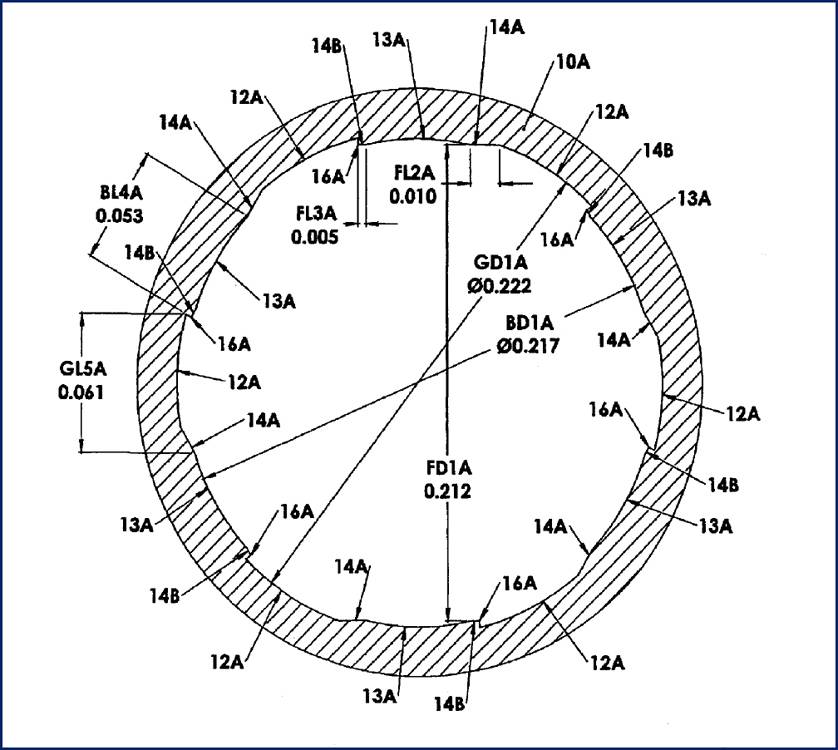
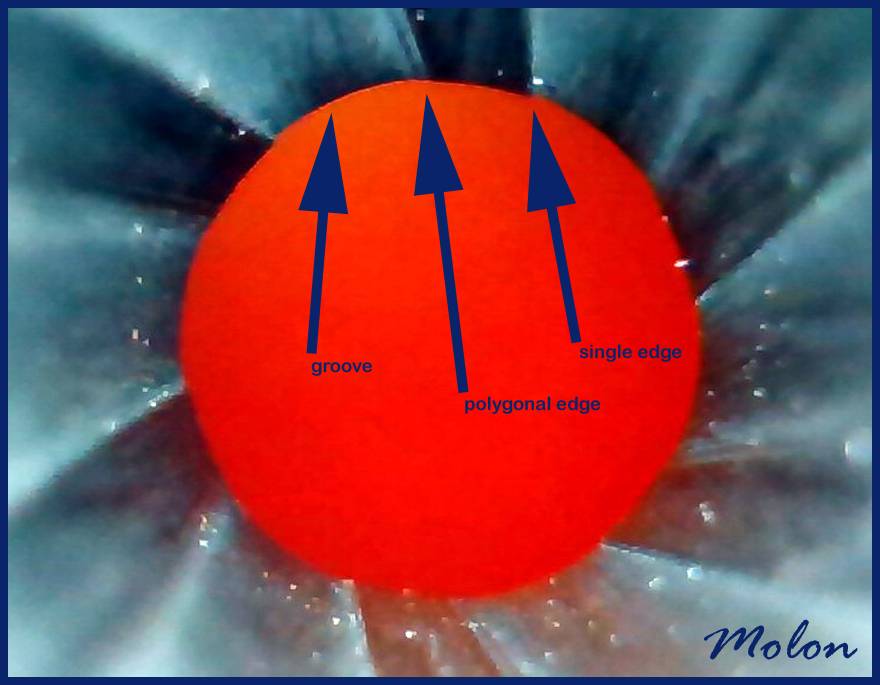
The F.J Feddersen patent for SEPR states that this type of rifling produces less bullet deformation than traditional rifling. F.J. Feddersen also claims that this rifling significantly reduces escaping gases and loss of gas pressures.
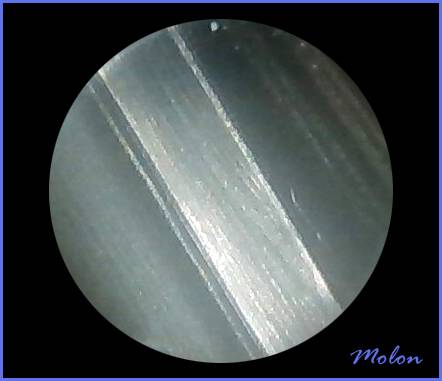
….
Accuracy evaluation coming 2nd quarter-ish 2022.

Over the last several years we’ve seen barrel manufacturers starting to move away from the traditional barrel profiles found on AR-15 barrels, such as the government profile, and moving toward “enhanced” barrel profiles, with the specific objectives of balancing weight distribution and handling characteristics while while endeavoring to maintain accuracy that is on par with barrels with heavier profiles. The late John Noveske was the impetus for bringing modern AR-15 barrel profiles to the civilian market. His 16" CHF N4 barrel profile has the same weight as a government profile barrel of the same length, but it has a more intelligently designed contour that places more of the weight of the barrel from the chamber to the gas block journal and does away with the M203 cut-outs.
TRIARC is now producing a 16” barrel that has a profile that is quite similar to the Noveske N4 profile. TRIARC calls this their Track 2.0 barrel and they refer to the barrel profile as the “balanced straight contour.”
TRIARC 16” Track 2.0 . . .

Noveske 16” N4 . . .

The TRIARC 16” Track 2.0 barrel is made from 4150V Milspec B-1159E Chromium-Molybdenum-Vanadium steel and has a nitride finish. This stripped 16” barrel has a weight of 1 pound, 13.1 ounces. For comparison, a stripped 16” Colt 6920 government profile barrel has a weight of 1 pound, 12 ounces. The barrel extension on the Track 2.0 barrel has M4 feed-ramps and is coated with NP3.

The gas block journal of the Track 2.0 barrel has a diameter of 0.75”; 0.7497” to be exact. The gas block journal comes with a single dimple contralateral to the gas port. Speaking of the gas port, it has a diameter 0.0695”. Unlike the gas block journal of the Noveske N4 barrel, the gas block journal of the Track 2.0 barrel has a length of 1”; so a traditional A-frame front sight base will not work with this barrel.


The TRIARC 16” Track 2.0 barrel has a 5.56mm NATO chamber and a 1:7” twist. The barrel utilizes a mid-length gas system. This barrel is button rifled and the bore is honed using Sunnen machinery. This honing system not only produces a “glass-smooth” finish to the interior of the bore, it also helps to create tight tolerances for the inside diameter of the bore throughout the entire length of the barrel.
The type of rifling found on the TRIARC Track 2.0 barrel is rather unique for AR-15 barrels. The rifling is known as single edge polygonal rifling (SEPR). The patent for this type of rifling (as well as a patent for machinery used to manufacture this rifling) is held by F.J. Feddersen. With single edge polygonal rifling, one side of the land has a traditional squared edge, while the other side of the land has a polygonal edge.


The F.J Feddersen patent for SEPR states that this type of rifling produces less bullet deformation than traditional rifling. F.J. Feddersen also claims that this rifling significantly reduces escaping gases and loss of gas pressures.

….
Accuracy evaluation coming 2nd quarter-ish 2022.
Last edited:


